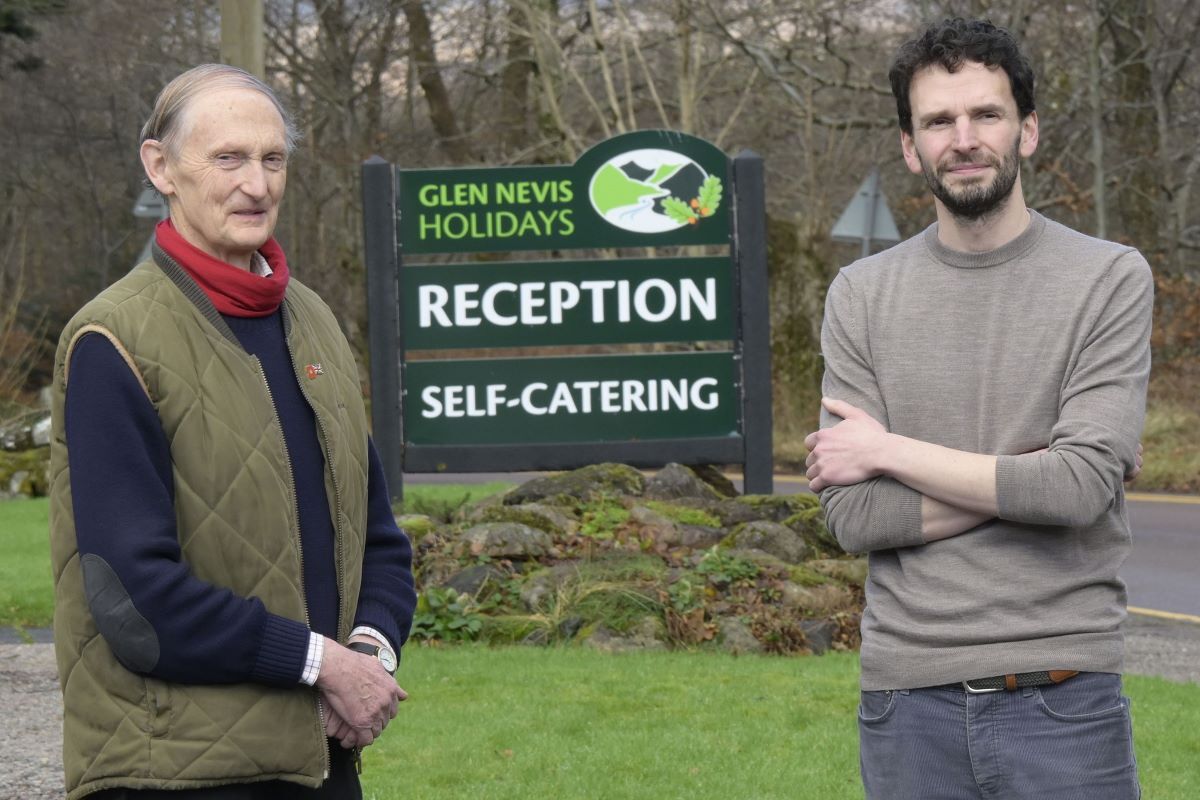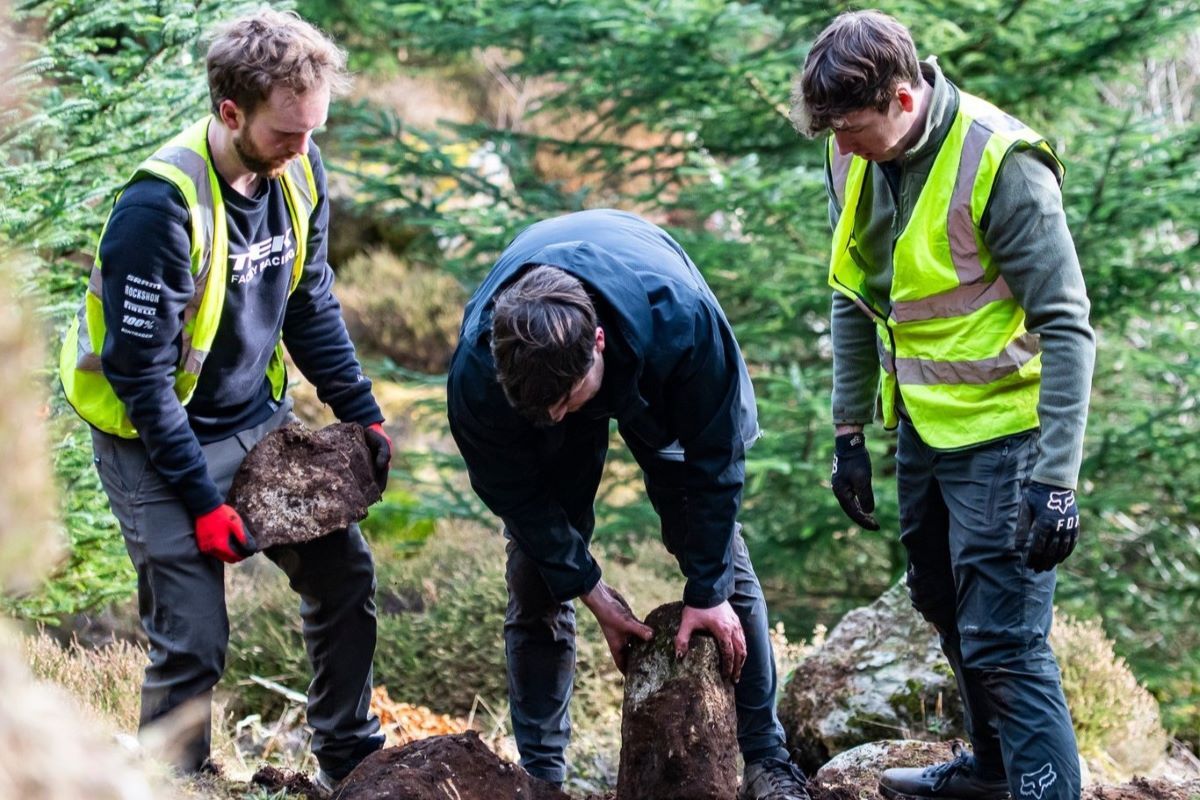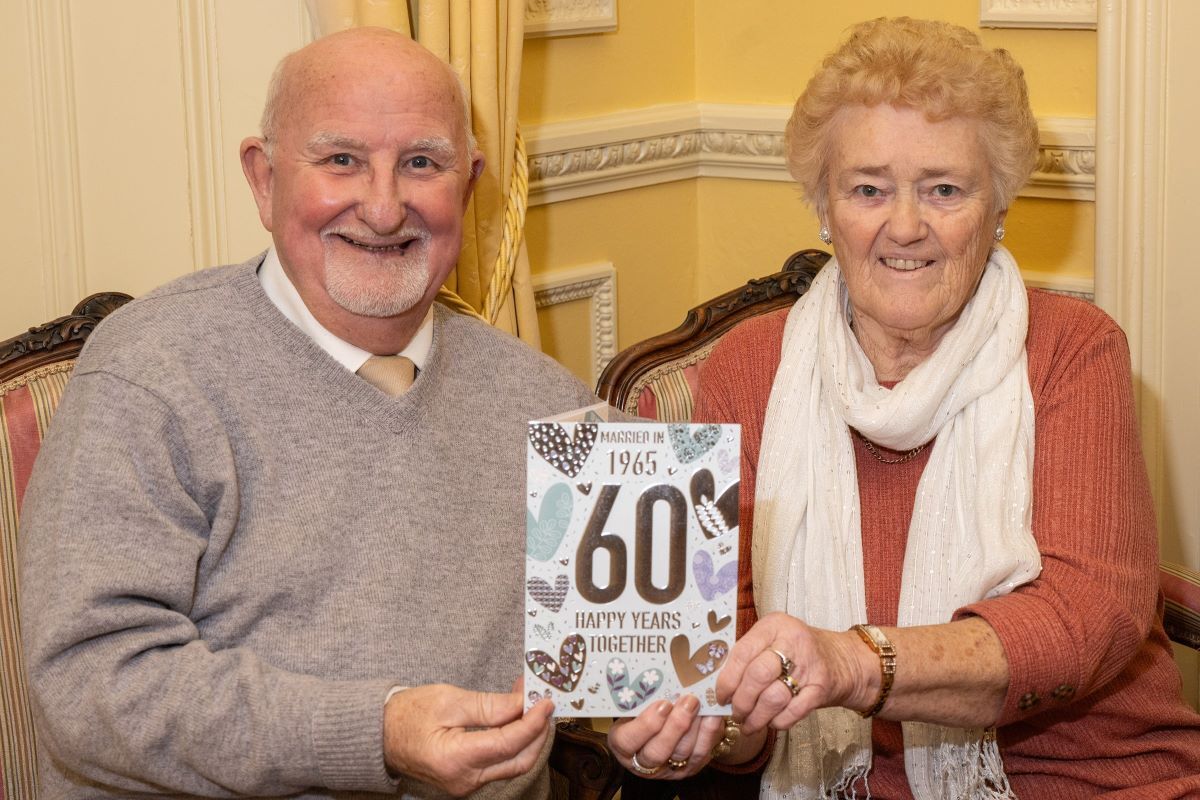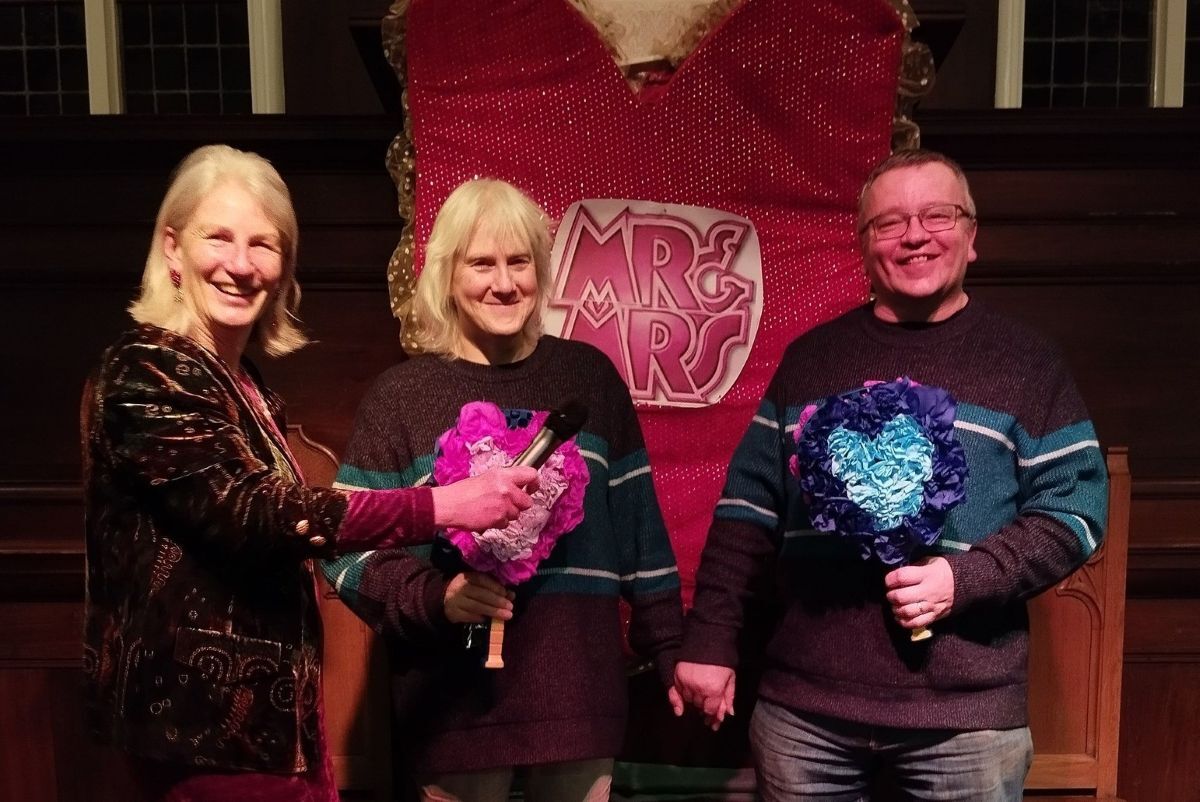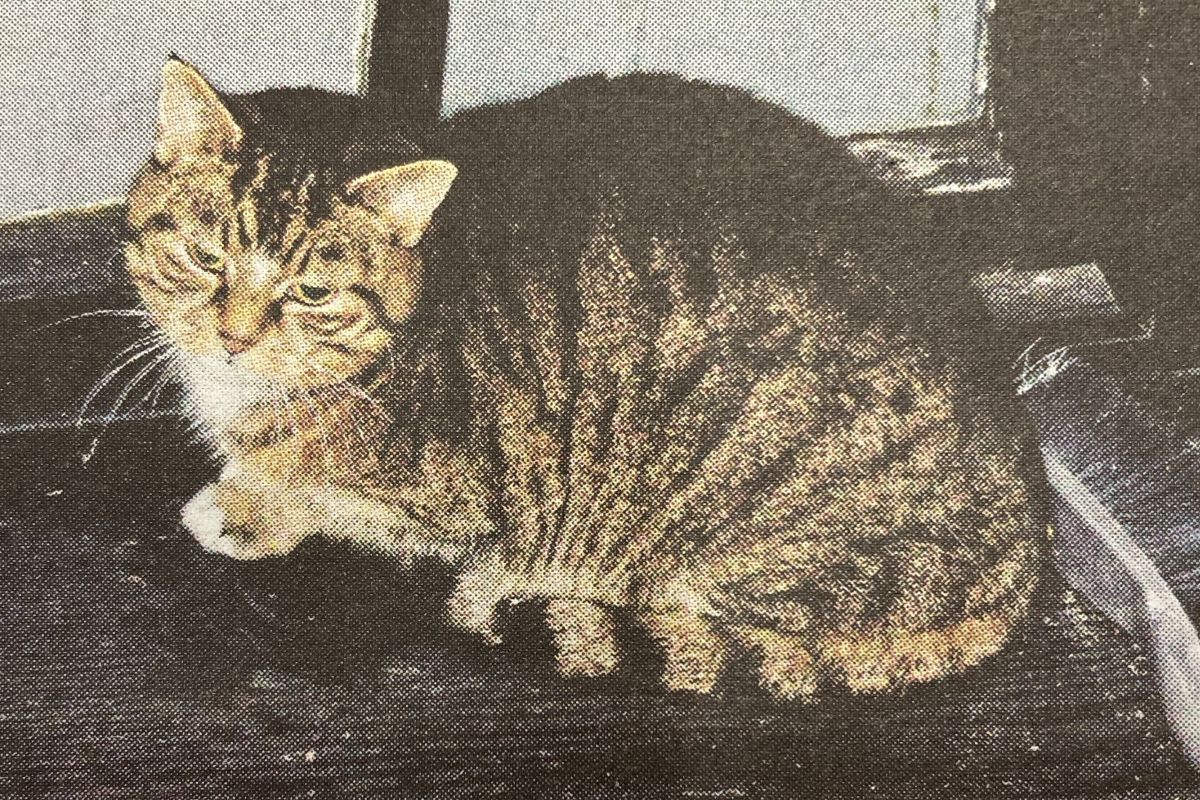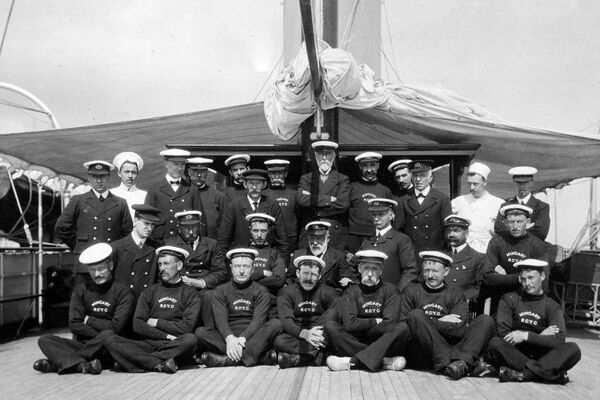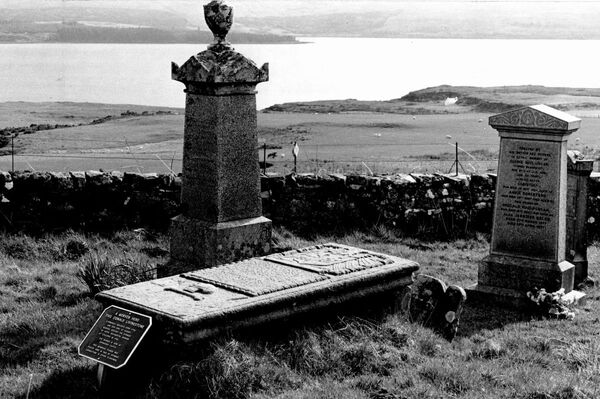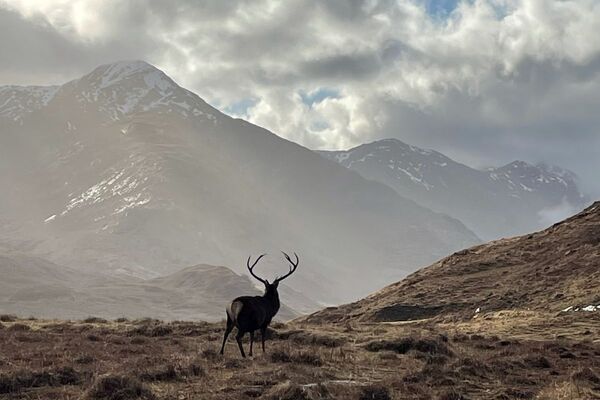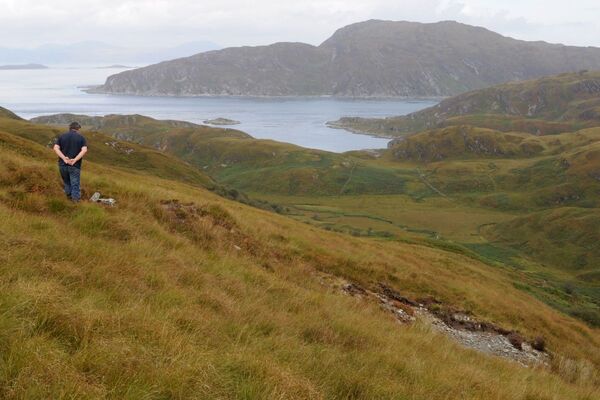Beinn Iadain – an unusual Argyll mountain
Most communities in the Highlands have at least one favourite mountain on their doorstep which, depending on age and fitness, provides something for everyone.
If your interest is in deer or sheep, hill walking, botany, geology, or simply an admirer of fine views, your eye will be drawn inevitably to its high ground.
General Smuts, the famous South African and British Commonwealth statesman and philosopher, wrote: “When we reach the mountain summits, we leave behind us all things that weigh heavily down below on our body and spirit. We leave behind all sense of weakness and depression. We feel a new freedom, a great exhilaration, an exaltation of the body no less than of the spirit. We feel a great joy.”
Or, in the words of the poet J M Barrie: “Not to know the hills, is like never having been in love.”
Beinn Iadain is one of Morvern’s finest. Thankfully it isn’t a Munro. It lies in the heart of the parish between Loch Aline and Loch Sunart.
From its summit (1,873 ft) virtually the whole of the Inner and some of the Outer Hebrides come into view; to the north east, ridge on ridge rise like gigantic broken waves towards Ben Nevis in Lochaber and south to Ben Cruachan in Lorn with its twin peaks. There is no mistaking Beinn Iadain. Its profile is unique.
Millions of years ago, much of Morvern was covered in a thick layer of basaltic lava from a volcano on the Island of Mull. Through wind and rain, snow and ice, the lava began to crumble, leaving a number of prominent caps – our ‘outliers’ as they are known geologically.
Beinn Iadain is one of these and stands out because of its high horizontal terracing, its spectacular fragmented cliffs and luxuriant green slopes. The weathering continues; indeed, it would be no exaggeration to say this is a mountain on the move.
Its name is something of a puzzle. An older generation of native Gaelic speakers always pronounced the second element as ‘Yatton’ and that is how it is sometimes shown on early maps and estate plans.
Some scholars have linked it through an Ossianic legend to a mountain called Binn Eadair, the Hill of Howth near Dublin, but the Reverend James MacDougall (1833-1906), minister of Duror and a noted collector of folktales and legends, clearly sets it in Morvern. His authority was an Alexander Cameron, a native of Ardnamurchan, who had it from Donald MacPhee and other old men whom he had known as a youth.

In the days when Morvern was well populated by folk versed in its stories and traditions, Beinn Iadain was associated with the otherworld of spirits, ghosts and the second sight.
Tales have come down to us from Rev James MacDougall, Lord Archibald Campbell and other well-known Argyll collectors, about people being taken into an underground cavern through a ‘black door’ and never seen again.
Others speak of the Feinn holding long-jump competitions over Lochan Uaine “the Green Loch”, now Lochan na Carnaich on some OS maps, below its southern foothills, and hunting in the nearby White Glen.
A feature of Beinn Iadain are its numerous wells and springs, producing the coldest and clearest water imaginable. So well-known were they that they appear in a lovely Gaelic song composed by the bard Duncan Macpherson (c1830s-1931) from Rahoy, which he wrote after emigrating to Otago in New Zealand.
He recalled: “Uisge fallain glan Beinn Iadain,a’ ruith do loch nam bradan lionmhor, bith ‘sa Ghearr-abhainn; gan iasgach suas mu chriochan Acha-rainich.”
Translated it reads: “The healthy pure water of Beinn Iadain running down to the loch of numerous salmon; fine it was to fish for them in Gearr-Abhain [the River Aline] up by the bounds of Achranich.”
At one time there was a small settlement with a horizontal mill, situated in a hollow below Beinn Iadain occupied by two families called McKenlaich and MacMillan.
Two sons and a daughter, Dugald, John and Elizabeth, were born in this lonely spot to Alan McKenlaich and Janet Cameron between 1820 and 1826.
Both families left shortly afterwards, probably following the death of a number of their children who died in a snow storm on their way back from Lochaline where they had gone to get food. Their graves are still to be seen and it is said the sound of their anxious parents whistling in the darkness to guide them home, can still be heard in the locality.
The MacMillans, an ancient Lochaber tribe, probably came into Morvern in the 1690s when Cameron of Lochiel rented Kinlochteacuis, Glencripesdale [including Beinn Iadain] from Maclean of Duart. A few returned to Beinn Iadain a year or so later. A descendent was head shepherd to Gerard Craig Sellar of Ardtornish and lived at Acharn. Some of his progeny still live on the estate.
At 900 feet above sea level, their living must have been precarious and means of transport difficult at times. Evidence of this appeared when the MacMillans decided they could no longer continue living there and moved down to Glencripesdale on the shores of Loch Sunart.
When an old lady belonging originally to the Ben wanted to return to her old haunts for the last time, but was too weak and infirm to manage the trackless moors on foot, she was placed in a large peat creel and carried from Glencripesdale on the back of her eldest son.
The inhabitants of Beinn Iadain had the reputation of not being among Morvern’s most sociable people. Who could blame them?
Latest News
JOBS
Business Development Manager - Highland Broadband
Sign up to our daily Newsletter
Permission Statement
Yes! I would like to be sent emails from West Coast Today
I understand that my personal information will not be shared with any third parties, and will only be used to provide me with useful targeted articles as indicated.
I'm also aware that I can un-subscribe at any point either from each email notification or on My Account screen.
You may also like
Super yachts in West Highland waters
Heroes and a hymn from across the Atlantic
The vanishing red deer of the Highlands
Latest News
JOBS
Business Development Manager - Highland Broadband



